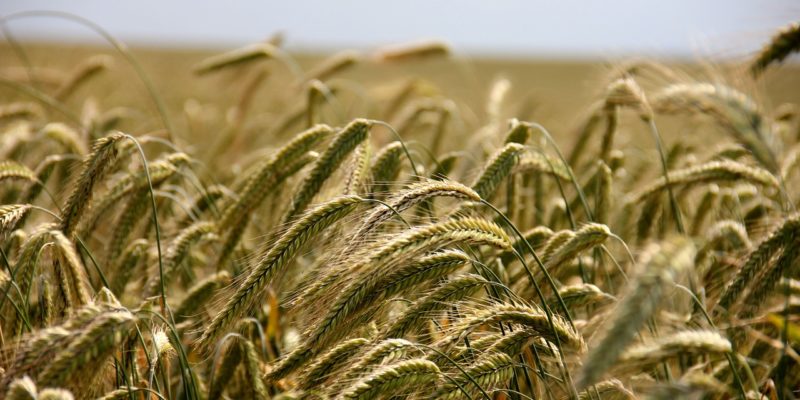The Philippines is an agrarian economy with agriculture being the main occupation of its own people. The majority of its citizens reside in rural areas and follow various livelihood options in the agricultural industry. The whole land area in the country is 30 million hectares, out of which 47% is under agriculture. Prime agricultural lands are situated around the key urban and higher population density areas. The agricultural industry in the Philippines is divided into four sub-sectors comprising of farming, fisheries, livestock, and forestry. Rice and corn account for almost 50 percent of the agricultural produce from the country.
This has resulted in greater awareness of agricultural research. Besides corn and rice, another significant crop yields in the country are coconut, bananas, pineapple, coffee, mangoes and abaca (a banana type plant). Aside from these, the secondary agriculture creates include peanut, cassava, garlic, onion, eggplant, cabbage, rubber, cotton and calamansi (a form of lemon). The agricultural land in the nation is a combination of small, medium and large farms. The average farm size is about 2 hectares that are typically owned and managed by single-family units and vary from the subsistence to the industrial production. The normal farming system constitutes harvest yields like corn, rice, and coconut as an ordinary base and also contains a couple of heads of poultry and livestock.
Due to these prevailing conditions, a need was felt to impart an understanding of the many agricultural practices and the latest trends being followed around the planet. This gave birth to the Agriculture Colleges in the Philippines, some of which are owned by the country. These colleges in the country are thought of as the very best in terms of infrastructure, the school and the quality of education. Pampanga Agriculture College: Mainly recognized as an agricultural school, Pampanga Agriculture College became a state college in September 1974. Initially launched in 1885, this century-old establishment is situated on the foothills of the Majestic Mt. Arayat from the town of Magalang, province of Pampanga.
It’s spread out on an area of 700 hectares of agricultural land. The main focus of the school is on Education, Research & Development, Extension Training, and Production. Masterson and is the second oldest among the schools of agriculture in Mindanao and has the proud position of being the only Catholic College of Agriculture in the whole country. It’s also the founding member of the Association of Colleges of Agriculture of the Philippines (ACAP). The program of Xavier University – College of Agriculture is a distinctive mix of active fieldwork and the liberal arts creation. The main thrust of this college is Education, Research, Extension, and Production. Aside from the aforementioned educational institutions, there are also many other state-sponsored Faculties that provide education on the various aspects of agriculture. The majority of the schools are affiliated with a few overseas faculty and associations which provide valuable inputs on a regular basis.



